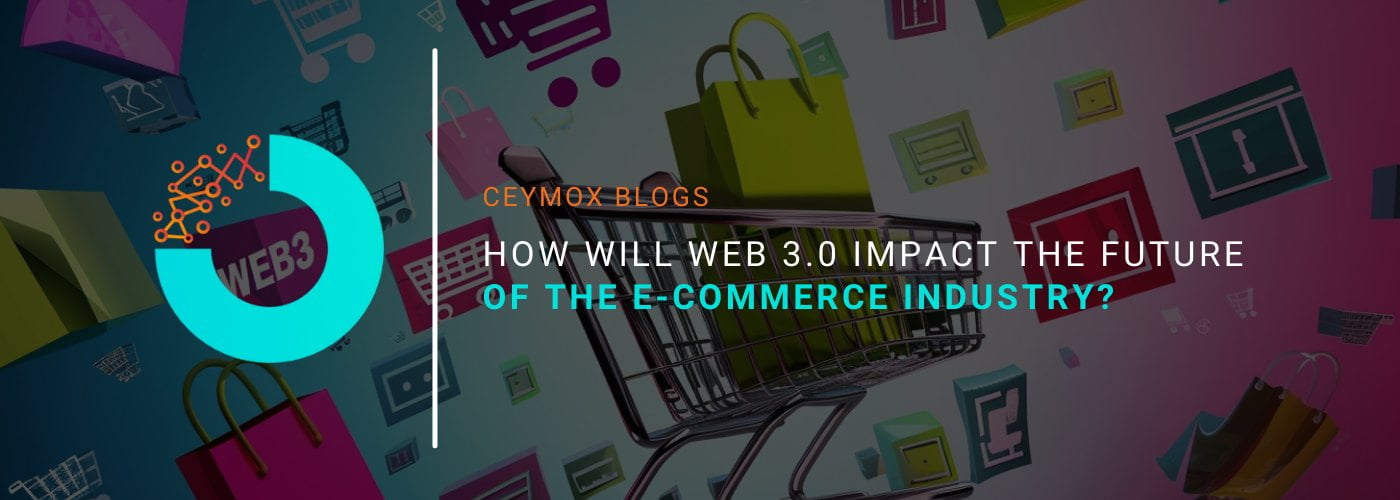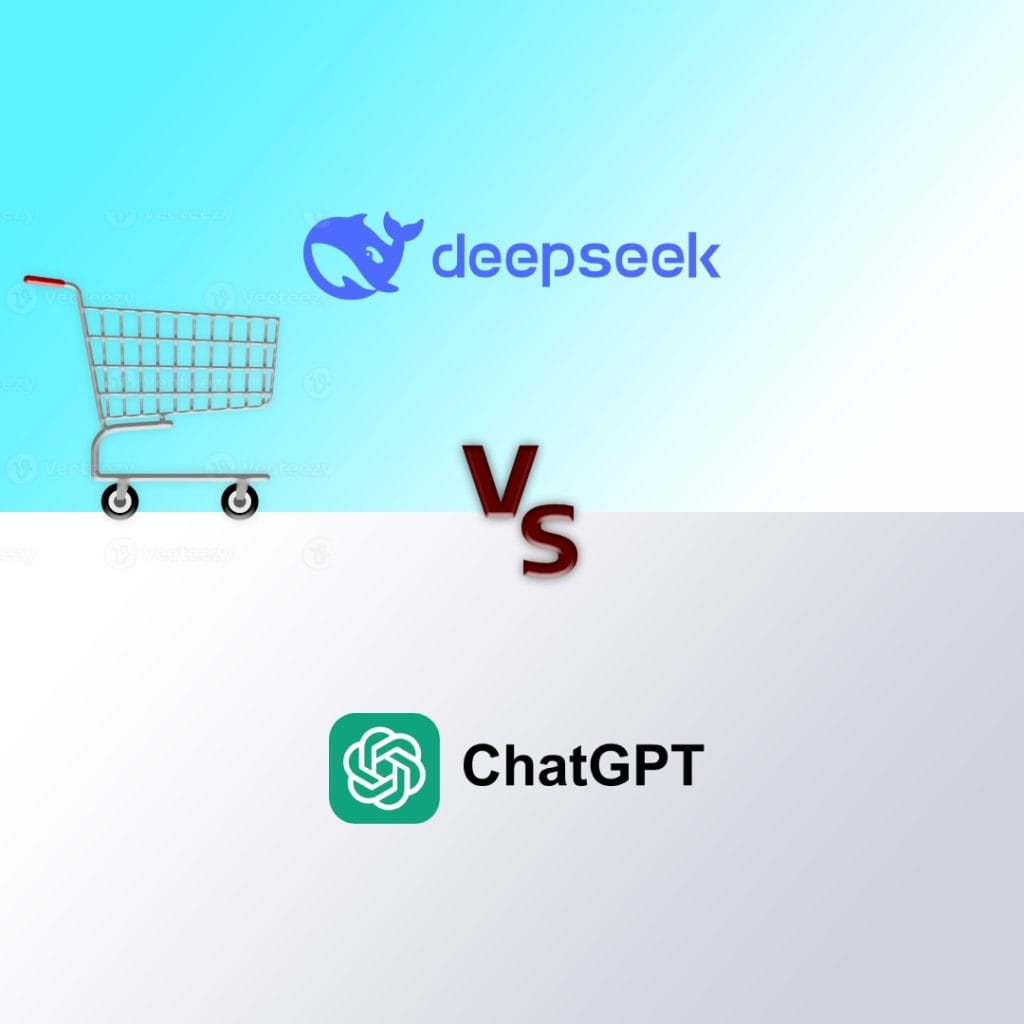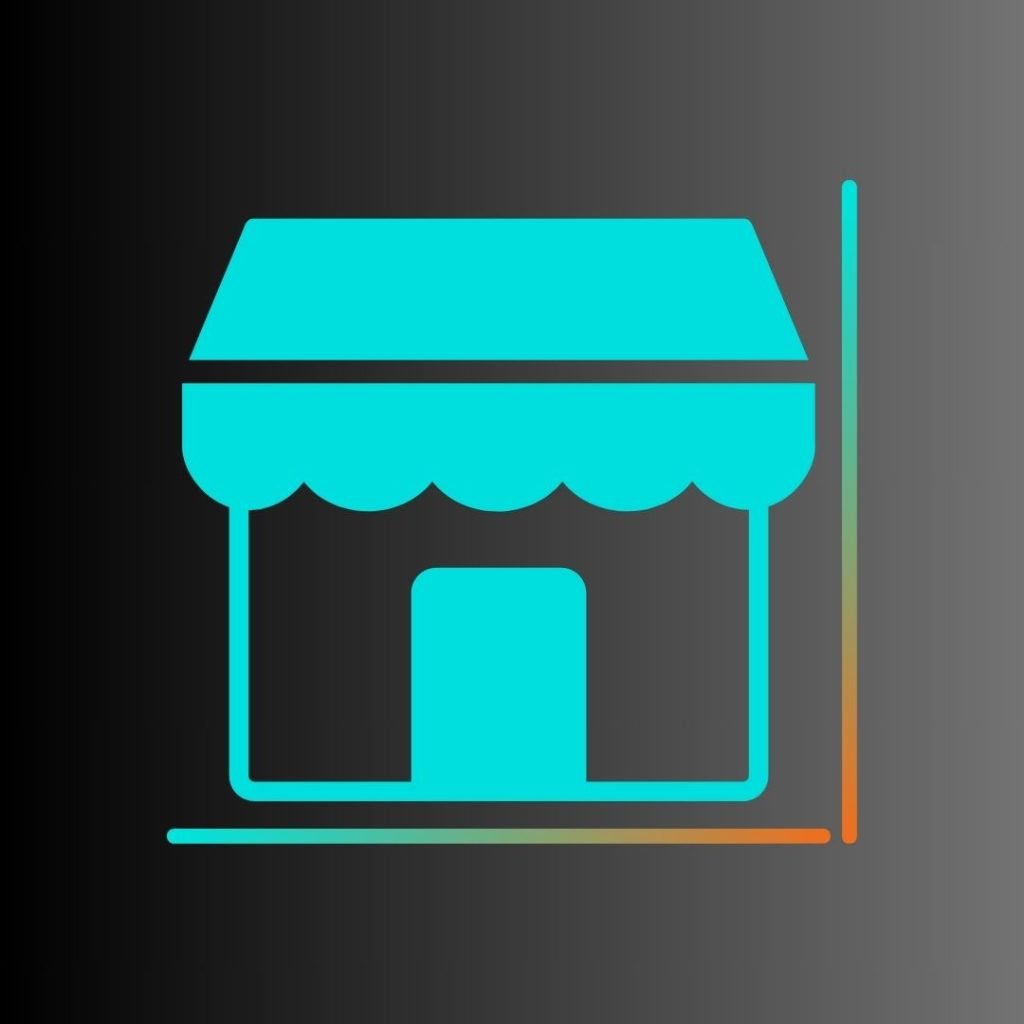
Within the last few years, we have witnessed a plethora of changes in the ways of buying things and conducting business online. As e-commerce technology has emerged, it has undergone a series of technical for improve the online experience of the customers. E-commerce is still in the revolution stage and the web3 is playing a prominent role by creating a permissionless and decentralized internet. Within a few years, we may interact with an interconnected, non-exclusive system by which the merchants could power their online business. Sooner there will be interconnected, non-exclusive systems by which the online merchants could power their business. Web3 will exonerate e-commerce businesses from the monolithic architecture that controls sales channels, customer data, and operations.
Despite having tremendous growth and success, there are certain limitations that e-commerce possesses. Most of the limitations are because of the dependencies on centralized financial institutions and payment gateways that facilitate operations like transactions. This centralized mechanism is not just less secure but is also less reliable. In the web3 environment all this vital information, along with transactional data will be directly stored into a blockchain. With this newer mechanism, most of the problems with existing e-commerce systems will be depleted. That’s why web3 e-commerce can disrupt the e-commerce industry with transformative outcomes.
In this article, we will go through all the aspects of web3, its benefits, challenges, use cases, and much more, starting with an understanding of web3.
What is Web3?

Before we start delving into the role of web3 in e-commerce, let’s first understand the concept of this next-generation internet – web3.
The internet which we have been using for almost the last two decades i.e. web2 has a centralized architecture i.e. a few bunch of large players control and own this internet. These large players are referred to as “Big Tech”, a term coined by the founder of Ethereum. The new internet Web3 will be diametrically opposite to this traditional architecture. It will be a new digital ecosystem which employs blockchain technology and its concepts such as decentralization and a token-based economy for a better user experience. It will eliminate the role of any “Big Tech” or any other intermediary, which makes it highly appealing. The users wouldn’t be required to use the internet via centralized platforms such as Google, Apple, and Facebook. With this user-centred online architecture, everyone may own and manage their own portions of the internet.
Web3 eliminates the need for an intermediary or “trust” to facilitate virtual transactions, while blockchain technology guarantees the security and dependability of payments. Because Web3 is not controlled by large tech businesses that gather potentially sensitive data, it can better protect user privacy.
Current Challenges in the present Ecommerce Industry:
Despite having so much popularity in ecommerce, there are a plethora of limitations in e-commerce. Let’s understand the top e-commerce challenges:
1. Identify Verification of Customers:
It is almost impossible for an online retailer to know if a buyer visiting his e-commerce site is real. Are the details entered by the buyer correct or they are interested in buying products? You wouldn’t be able to proceed further without these details. But with the online identity verification of students, you can overcome all such problems.
2. Cyber and Data Security:
The E-commerce industry is amongst the top targets of hackers and cyber threats as it involves a lot of financial or transactional data of users. A data-related technical issue could have multiple repercussions for the brand’s image and daily operations.
3. Attracting the right audience:
As the number of sellers is growing, the buyers’ number has also increased exponentially. The buyers do extensive research on products, price, delivery, reviews, etc. before making a purchase. How do you ensure they will select you from the plethora of options available to them? How to find a patron who will buy the product at your price? It is not easy to find the right customer in the e-commerce industry.
4. Customer Experience:
A positive, streamlined, and smooth customer experience is the bloodline of a successful e-commerce store. Customers want a personalized and easy shopping flow just like a brick-and-mortar store. Thus, it is required to give attention to the website’s navigability, content flow, segmentation, and other shoppers’ preferences.
5. Customer loyalty:
There are two main reasons why customer loyalty matters a lot. First, the acquisition cost of a customer is significantly higher than retaining an existing one, and second, the success rate in selling to an existing customer is higher in comparison to selling a new customer. This signifies how important customer loyalty and retention are. After a customer makes a purchase or uses a service offered by a store, loyalty to the business is crucial. They have to make sure this client is with them for the duration of their lives.
6. Converting visitors into patrons:
Converting influx traffic into a buyer is the hardest thing in e-commerce. There can be impressive metrics of incoming traffic, clicks, impressions, etc. on an e-commerce website but not the successful orders. This is another major concern in the online shopping journey.
7. Customer Support:
With an increasing number of online buyers, an equally proportionate number of buyers who have pressing queries has been increasing. Users face diverse issues every day on various e-commerce platforms. Although we have witnessed the rise of chatbots in resolving customer queries, we can’t consider it as a reliable solution for customized queries. Thus, customer support is still an issue in the e-commerce industry.
8. International E-commerce:
Due to a lack of engagement with clients from beyond their language and geographic range, many e-commerce websites have a tendency to become stagnant. In order to have a better experience, customers who do not speak the primary language of the website will search for other stores. Prices and tax rates vary between countries, discouraging users from making international purchases.
9. Marketing Costs:
As a huge number of businesses are going online, the costs for digital marketing are also increasing. Many big players are turning to social media, search engines, and email marketing, to increase ad spending. The virtual and pay-per-click costs are also increasing. It makes it very difficult for the newcomers to compete with these big players in terms of marketing.
Features of Web3 in E-commerce:
Web3 ecommerce gives multiple features for conducting e-commerce activities and acts as a modern way of managing online business. Thus, it becomes a necessity to understand all the features of this next-level technology that contributes exceptional growth of e-commerce.
1. Cryptocurrency payments:
Cryptocurrencies would be the newer way of making payments in Web3 ecommerce. Acceptance of Bitcoins will increase the confidence of buyers in an online brand.
2. Inventory Control:
By the integration of blockchain into inventory management, the retailers would be able to utilize normal shopping carts to reduce inventory items and after reaching certain thresholds, replacement stock orders are made.
3. Digital Ownership:
Although an online retailer a huge amount of money on the e-commerce website for images, video, and other files, the ultimate owner still remains the e-commerce platform. However, with the blockchain in Web3, retailers would have complete control of assets that include the online store, product images, content, and other data.
4. Identity Management:
Blockchain technology will allow retailers to develop reliable consumer authentication systems along with encrypted digital identities. It will not only help in strengthening identity management but also in protecting personal information from fraud and theft.
5. Consumer engagement:
For consumer engagement, many companies have started employing NFT or crypto-based incentives for promoting platform usage. NFTs can be used to open up specific aspects of one’s purchasing experience.
Benefits of Web3 in E-commerce:
Technologies like NFTs and cryptos, along with Web3 can greatly impact the traditional practices of e-commerce. After all, the use cases of blockchain are expanding with the growth of businesses innovating at lightning speed. Here are the real-life benefits of Web3 in e-commerce:
1. Decentralization:
The foremost benefit of the web3 would be the decentralization. In payment mechanisms, instead of traditional methods, you can use cryptocurrencies to make online payments. The marketplaces will also be decentralized in which the users can decide what they want to get produced. Users will have total control over the market, which will be run by the community and permit free trade.
2. Blockchain-based E-commerce:
Probably, in the upcoming years, there will be innovative, contract-enabled, and distributive apps, popularly known as decentralized apps or dApps from which buyers can make purchases or transactions. These transactions will be immutable, trustless, and executable by self-executing codes called smart contracts. It will eliminate fraud, chargebacks, and returns. Currently, e-commerce runs on trust but in the future blockchain will enable trustless transactions so web3 will place less emphasis on trust. Cryptocurrency payments for online purchases will become commonplace, much as credit card or PayPal payments.
3. NFT-based loyalty programs:
Non-fungible tokens (NFTs) can monetize loyalty programs in e-commerce. The loyalty programs engage customers by giving them rewards on every purchase and these rewards can be utilized in further purchases in the form of discounts, gifts, or any other way. Businesses are able to provide more valuable loyalty rewards because of NFTs. Businesses can now provide customers with NFT-based tokens with a fixed value rather than just random points.
4. Improved Security:
In blockchain, each transaction is recorded using the consensus technique and gets encrypted by the hashing algorithm and links to the transaction that came before it. Thus, blockchain is very safe in maintaining records. The blockchain nodes retain copies of every transaction and its history, making it difficult for cybercriminals to access transaction data.
5. Improved Traceability:
It is difficult to locate things in traditional e-commerce, which is why it is also prone to issues like theft, forgery, and loss. All parties may track products using blockchain to ensure they don’t disappear or get stolen during the supply chain.
6. Efficiency:
The transaction process gets streamlined and automated with the help of blockchain. The efficiency and speed also improved. There are no intermediaries and all the transaction information gets stored in the ledger, in contrast to prior transaction methods that require time and dependency on third parties.
Use Cases of Web3 in E-commerce:
With the benefits, let’s know about the different use cases of Web3 in E-commerce. The associated technologies of Web3 such as NFTs, and Cryptos, are already having a huge impact on the e-commerce industry, and this trend is likely to be sustained in the future.
1. Decentralized finance and Marketplace:
Web3 will allow customers to make financial payments using cryptocurrency on the e-commerce platforms. Also, web3 will enable the growth of decentralized markets where users would be able to decide what should be produced. It will be like a community-driven market in which users will have total control and trade freedom.
2. NFTs based E-commerce:
In the loyalty programs, as we explained earlier, each purchase gives buyers certain reward points which can be redeemed later for future purchases in the form of discounts, coupons, exclusive deals, or even bigger prizes. Now with Web3, instead of giving random points to the buyers, businesses can give NFTs with a predetermined value, which will create more value for the loyalty programs.
3. Token Gated Commerce:
You can create more brand loyalty by integrating blockchain and NFT technologies through Token Gated Commerce and motivate buyers to buy NFTs. It gives a sense of belonging to the customers when it functions decentralized by NFTs and dApps.
4. Direct-to-customer model:
In Web3, decentralization will help companies to build individualized relationships with their clients. Many e-commerce retailers are anticipating the benefits of DTC investments by they can build strong relationships with the clients and become regular patrons.
5. Omnichannel Marketing:
Customers are using multiple devices and they prefer to interact with the brand through different touchpoints. Web3 offer personalization to the next level which could set omnichannel marketing apart for buyers. The customers would be able to create their avatars using AI which will help them get better personalization.
Wrapping Up:
In this article, we have understood the different concepts of Web3 and how it can be beneficial for e-commerce. At Ceymox Technologies, the best e-commerce development company in India, we develop e-commerce stores with advanced features and technologies that make your store capable of meeting uprising customer demands. Let us know your requirements.
 Hubspot SEO Certified |  Hubspot SEO II Certified |  Google Ads Search Certified |  Google Analytics Certified |
Sreehari N Kartha is a skilled Digital Marketing Analyst at Ceymox, certified in SEO. His expertise encompasses a wide range of digital marketing strategies, including managing advertising campaigns on platforms like Google Ads, Facebook Ads, Instagram Ads, WhatsApp Ads, and LinkedIn Ads. With a strong foundation in SEO and SMM, Sreehari is adept at optimizing online visibility, driving engagement, and generating qualified leads and conversions. His passion for emerging technologies, such as Crypto, NFTs, and Web3, further complements his skillset, enabling him to navigate the dynamic digital landscape.
View All Articles








